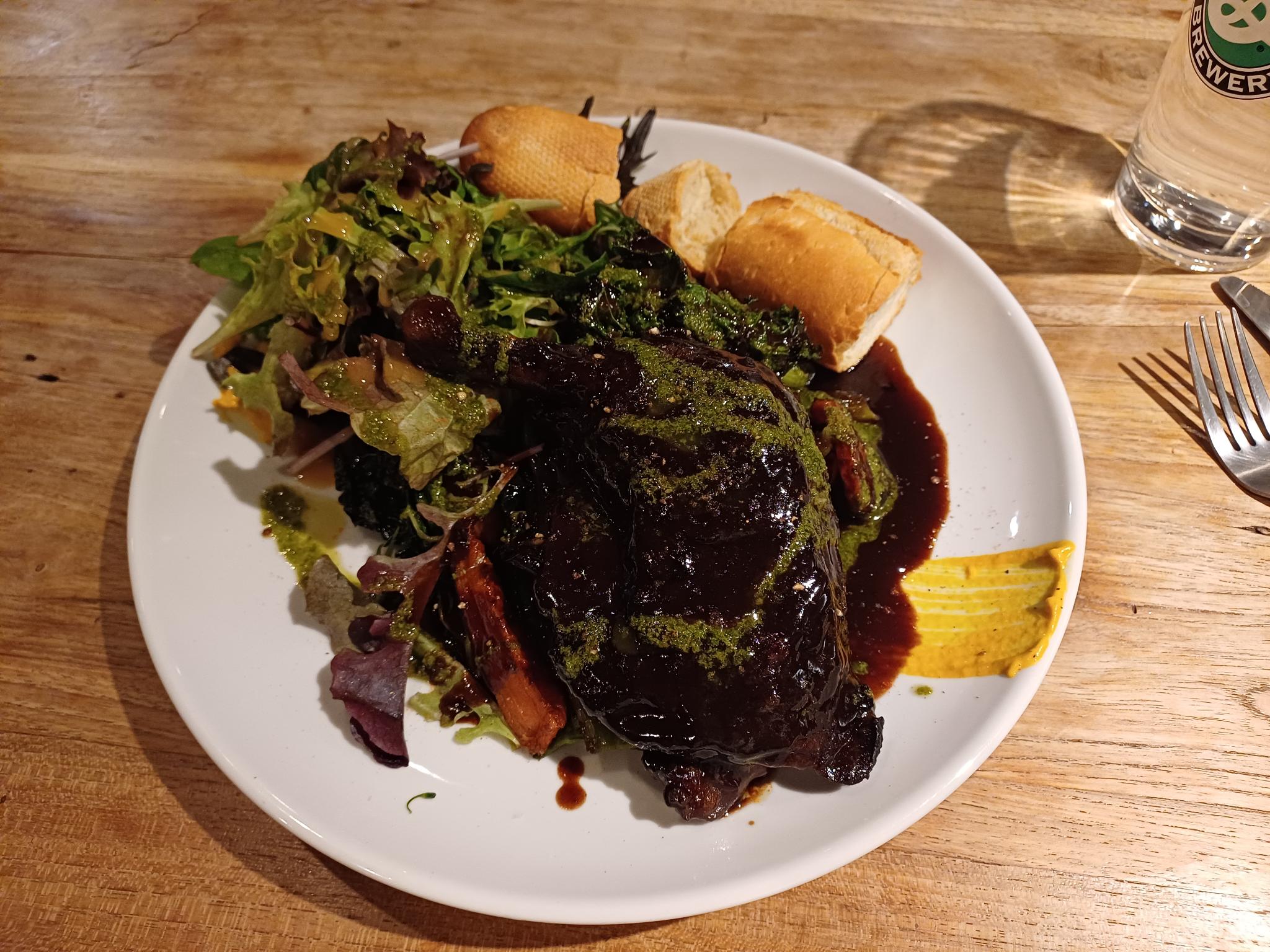

Do you know the holiday Setsubun? Let me tell you about it from a tourist’s perspective!
If there is something I, as a foreigner and tourist, love to see in any country, it is the country’s special holidays, traditions, and special events.
On February 3, 2025, the Japanese celebrated a holiday called “Setsubun.” This holiday marks the last day before spring. It is mostly children and schools that make an event out of this holiday. However, if you are lucky, some shrines perform the rituals as well.
What is “Setsubun”?
To make it short, “Setsubun” is about the change of seasons and is, therefore, part of the spring festival. A number of rituals can be performed during “Setsubun,” but I was lucky enough to participate in the bean-throwing ritual. The goal of this ritual is to drive away bad fortune and evil for the new year to come. The evil is represented by demons called “oni,” and the beans used to drive them away are roasted soybeans. This ritual is the one I got to try firsthand at my language school.
Here is how my experience with the holiday “Setsubun” went.
To learn the Japanese language and be able to speak with the locals in Tokyo, I took the liberty of joining a Japanese international school. I have now participated in a whole month of Japanese classes and have learned a lot about Japanese culture, language, and traditions.
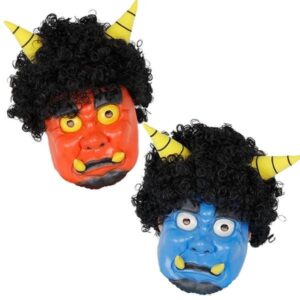
My teacher, or “sensei,” explained at the start of the class that two ogres—better known in Japanese as “oni”—would come and scare us. The ogres would be adults dressed up in costumes. One of them would be in a blue outfit, and the other in a red outfit, both wearing masks. My teacher explained that the red ogre represents the bad aspects of the human mind, while the blue ogre represents the poor and greedy parts of the human mind. She explained that the red and blue ogres are the ones most commonly used in the ritual. However, yellow, black, and green ogres can also be used, though rarely. The yellow ogre represents complaining and the feeling of being over-dependent. The green ogre represents arrogance, while the black ogre represents doubt and distrust.
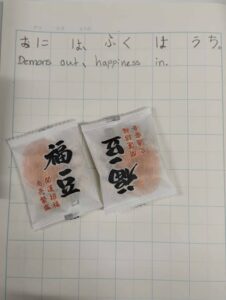
“Oni wa, fuku wa uchi.”
(Demons out, happiness in.)
We were each given small packages of dried soybeans, and the teacher explained that we had to throw them at the two oni that would soon arrive. When they entered the classroom, the blue and red ogres appeared, and the teacher explained what we had to do. We had to throw the beans at the ogres while saying, “Oni wa soto, fuku wa uchi!” which roughly translates to “Demons out, happiness in!”
When we had thrown the soybeans at the two “oni” and said the phrase, the demons disappeared. The two ogres screamed, waved their hands above their heads, and exited our classroom.
Afterward, we had to pick up a number of soybeans corresponding to our age. Normally, children would do this, but since we were six adults over the age of twenty, unfortunately, there were not enough soybeans for everyone. But once you pick up the number of soybeans corresponding to your age, you pray for good health.
Soybeans – Amazing little snack!
A notable experience for me as a foreigner was that I had never had soybeans in my home country. The soybeans I know are processed into milk or other by-products. That’s why eating roasted soybeans was a new and exciting experience. Dried soybeans are good and worth trying! If you are a fan of nuts, enjoy peanuts, and are not allergic to nuts or beans, then dried and roasted soybeans are a must-try! They have a similar taste to peanuts and cashew nuts, which was refreshing since I enjoy both. They are both good for your health and taste great. The ones we received were unsalted, but even without salt, the flavor came through and was much better than expected. Definitely a must-try for casual and dedicated nut and bean lovers alike!
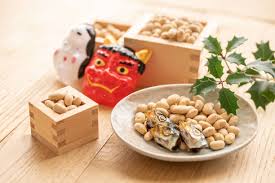
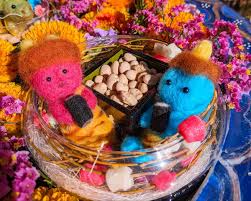
A tradition wroth trying!
Besides the experience with soybeans, experiencing a national holiday and learning about its history and rituals was amazing. Not many foreigners get the chance to have this experience. I hope that reading about my experience will motivate other foreigners like me to try and enjoy the special holidays and events that happen in Japan. If you love history, rituals, and culture like I do, then look into other holidays that might be interesting to participate in. You can also watch videos online, try it out for yourself at a local shrine that engages in this event, and just enjoy your time. You won’t regret it—it’s fun for both parents and children alike!
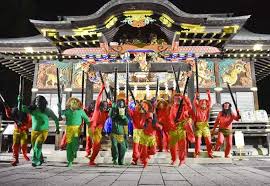
Going to Japan or already staying in Japan?
So, if you are going to Japan, already staying in Japan, or just planning to visit, check out their holidays and special events. Maybe you’ll be lucky enough to experience a tradition like “Setsubun” firsthand—or maybe another one. It will be fun! And a great experience to share with your family and friends at home!
Besides that, try enrolling yourself in a language school if you are staying longer than a few weeks. That is something I would recommend if you, as a foreigner, want to learn the language and are staying in Japan for about a month or longer. The classes are short, but the material is great, and experiencing the language firsthand is lovely, to say the least.
Great experience!
Amazing opportunity!
Amazing classmates and teachers as well.
I was lucky that I was still attending the school, so I could experience a national holiday not only firsthand but also for the very first time.
Who am I? Laerke:

Born in Lunde, Denmark. I work as a teacher in Tokyo and write blogs about my experiences and travels in Japan.
Hobbies: Anime (One Piece is my number one), Pokémon (+ Pokémon Go), izakayas, café-crawling, different computer and PS4/PS5 games, shopping, sweets, photos, nature, etc.
—I could keep going, but you will discover them over the course of my articles.
Follow our TikTok!
@tokyo_aic
Written by Laerke Spanggaard from Denmark.







